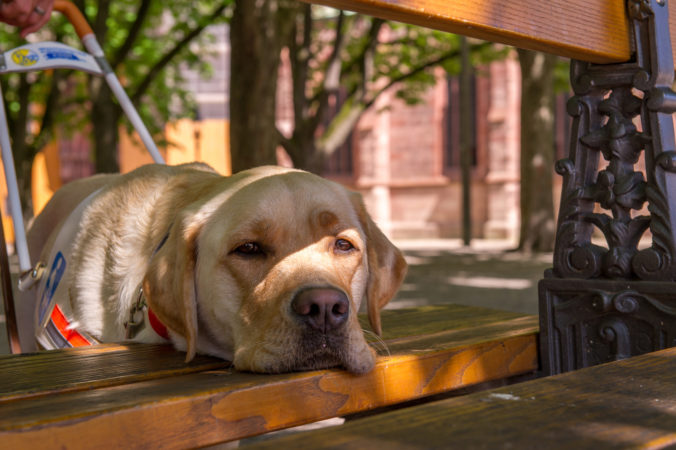
Introduction to the Client
Once a suitable dog has been found for a particular client, the guide dog instructor will support the new team – as we call guide dog owners and their dogs – very closely at first. Once they are at home, the team initially practises the new routes and destinations in the guiding harness with the instructor. The guide dog and his owner also get to know each other better during their daily routine of free running and playing together. This all helps to build up mutual confidence an to create this very special bond.
Continuous support
We and our well-established team are always available to support and help our visually impaired and blind clients. After the introduction period, the guide dog instructor meets up with the client at least once a year. Every two to three years, we offer our clients a varied programme of courses, where they can build upon the guiding work with their dogs and discuss their experiences with other guide dog owners.